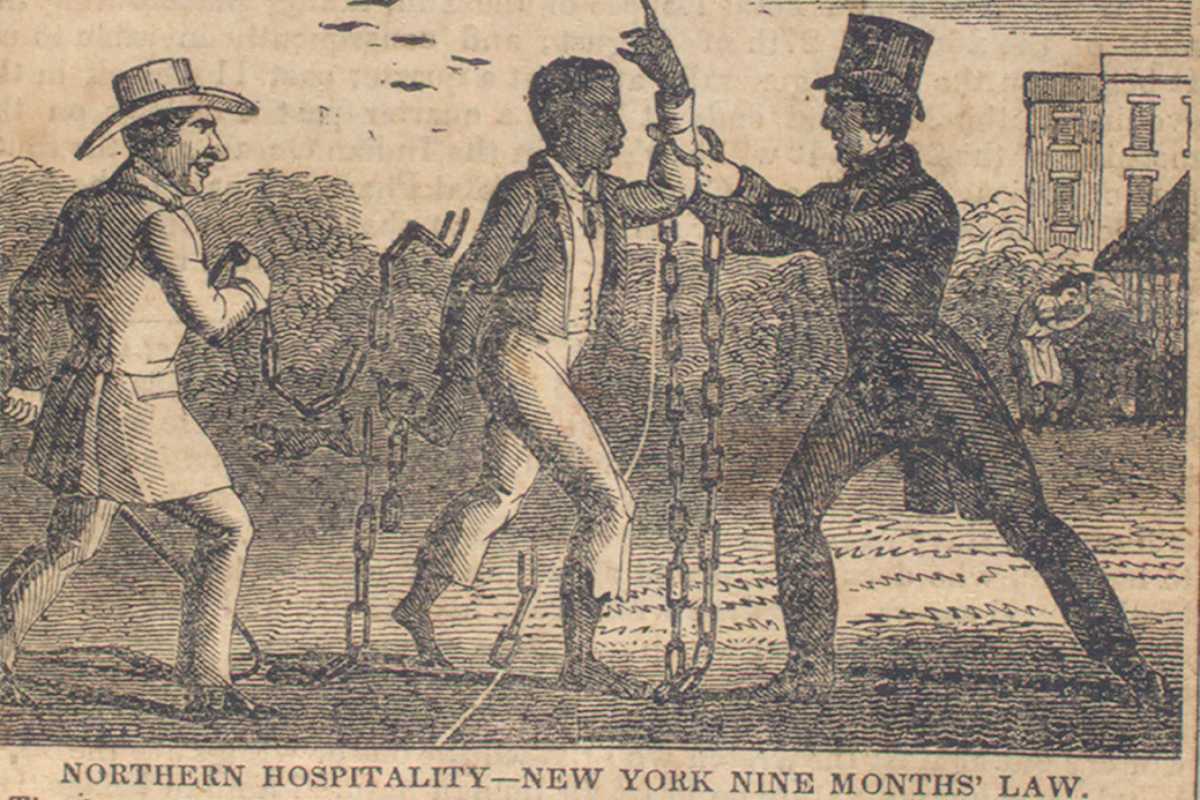At the beginning of the Revolutionary War, it is estimated roughly 6,500 enslaved people lived in Connecticut–the most in any New England state.
While there were few large plantations in states like Connecticut as there were in the south, there were at least two multi-thousand acre plantations in New London and Naragansett, R.I., which required a huge number of enslaved people to work them. For the most part, however, enslaved people in New England provided a wider variety of skilled labor for their owners from medicine and soap making to weaving and dyeing and more– along with the usual household and farm work.
Unlike in the South, enslaved people most often lived in their owners’ households versus in separate quarters on the property. In Westport, wealthy slaveholders in the 1790 census include Ebenezer Coley, Thomas Nash and Ebenezer Jesup with five enslaved people in each of their households while John Hide and Sarah Banks had six and four, respectively.
Just as in the South, Connecticut enacted harsh laws punishing those fleeing slavery. Runaways were pursued with vigor and punished cruelly if apprehended. Like New York, Connecticut cooperated with the Fugitive Slave Acts of 1793 and 1850 which mandated that escaped enslaved people must be returned to their owners even if apprehended in a free state.





